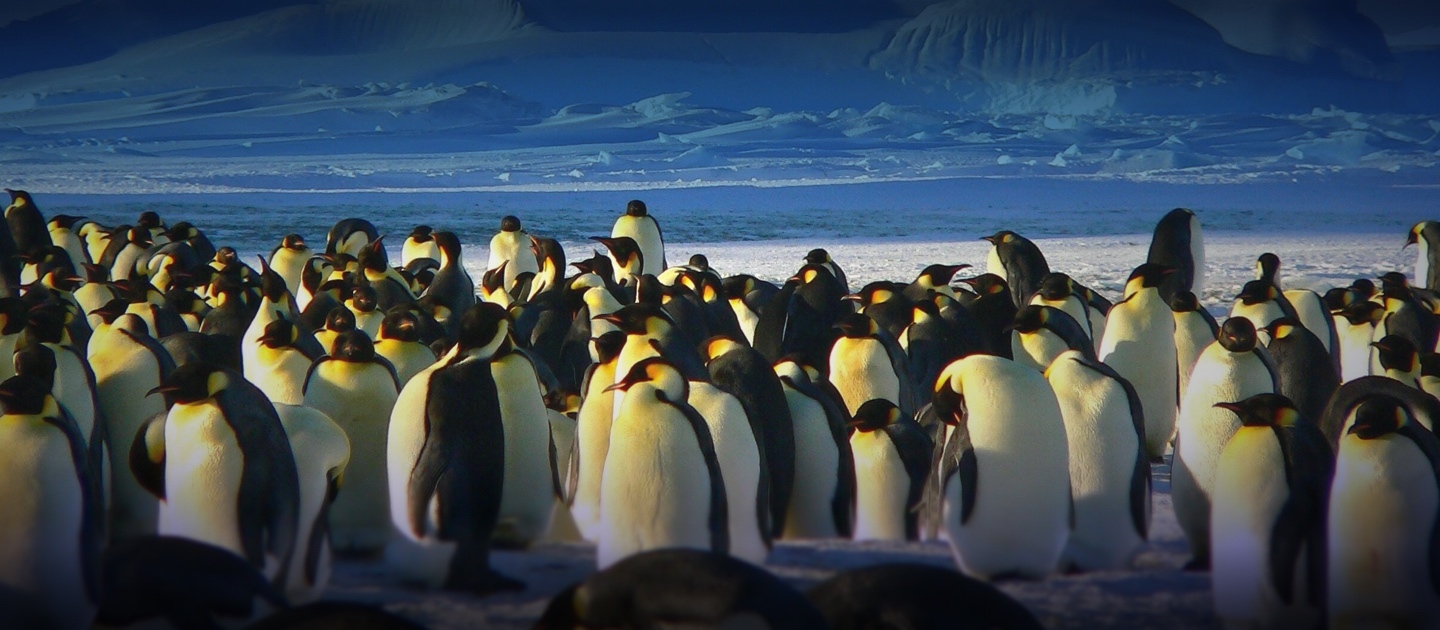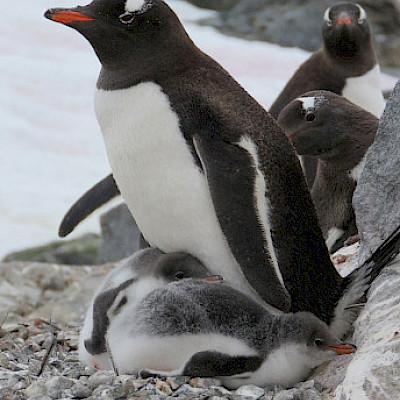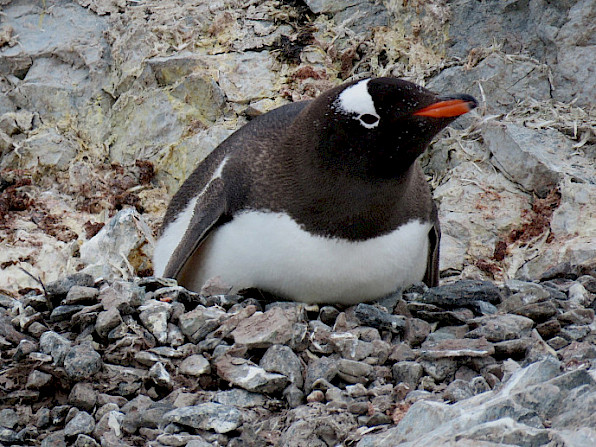
The Origin of Penguins in New Zealand's Warm Waters

photo_camera The studies located the origin of diversification of penguin species, 22 million years in New Zealand and Australia, and not in Antarctica as was traditionally thought. (Credit: Juliana Vianna)
The study led by Juliana Vianna, a faculty member from the Faculty of Agronomy and Forest Engineering at Universidad Católica, reconstructed the story told by the genome of 18 species of these flightless birds to understand where, when and what conditions drove the diversification of these species. A key component identified in this process were thermal variations.
In addition to the landscape changes, the heat would explain why today we register at least 18 species of penguins, the only existing family of flightless diving birds.
This statement is confirmed by the work led by Juliana Vianna, a faculty member of the Faculty of Agriculture & Forestry, entitled Genome-wide analyses reveal drivers of penguin diversification."
Recently published in the prestigious journal PNAS (Proceedings of the National Academy of Sciences of the USA,) the study analyzed the genome of penguin species. It carried out an ecological study based on the measurement of chlorophyll, temperature, and salinity, making it possible to trace their geographical displacement with the climatic environment.
Both measurements allowed us to delve into the history of their diversification and adaptation to the diverse environments in which we can observe them today. Thus, they were able to identify that their origin can be dated to approximately 22 million years ago and that the Aptenodytes (a group to which the King and Emperor penguin belong) was the first group to diverge.
"We sought to identify which genes were under selection and which allowed adaptation to various regions from the warmest to the coldest. This allowed us to reconstruct the history of their evolution, from their origin to as we know them today," said Juliana.
This work confirms that penguins, as a species, are sensitive to climate change.
The Story Told by the Genome

Vianna and her team settled a vital debate in the scientific community about the origin of this species. By identifying genetic markers in the current species, it was also possible to understand their environment, the ecosystem in which they were eradicated, which would consist of warm waters reaching 9°C.
These characteristics placed the origin of diversification of Aptenodytes, the sister group to all other extant penguin species, at 22 million years ago, in the Miocene period, in New Zealand and Australia, and not in Antarctica was traditionally thought.
According to the faculty member, to adapt to the diverse environments during the group's evolution, natural selection operated on the genome. Nature's choice was favoring gene variants (alleles) more suitable to the various settings. The results obtained show exactly which genes these were.
"The environment selects from generation to generation the most suitable variables to survive in the environment. This election leaves markers in the genome that can be analyzed. We identified 104 adaptation-related genes, all of which are linked to:
- thermoregulation (a process that allows a body to maintain its core internal temperature);
- osmoregulation (the process by which cells maintain fluid balance with their surroundings);
- and diving capacity," she said.
They also identified genes related to the immune system and its ability to cope with the colonized places' pathogenic load. These observations confirm that, from their common origin in the temperate zone of New Zealand to the variety of species we can find today, climate changes would have played an essential role in their diversification into colder ecosystems.
The cooling in the Southern Ocean followed by the Drake Passage's submarine opening (the strait that separates South America from the white continent), caused the intensification of the Antarctic Circumpolar Current (ACC). This intensification promoted the expansion and allowed the penguin colonization at the Antarctic territories and, later, America, Africa, and the Indian Ocean.
In this journey, historical introgression (the transfer of genetic information from one species to another) also took place. Species of the genus Eudyptes, such as the Rockhopper and Macaroni penguins, showed a high historical introgression rate up to 25%, explained Vianna, the publication's primary author. Meanwhile, species observed in continental Chile, such as the Humboldt and Magellan penguins, presented a rate of 11%.
Lessons in the Face of Current Climate Change

Unlike the periods of glaciation in the past, the climate changes that the planet is currently experiencing are accelerated.
"The rapid increase in temperature affects not only the penguins but also the environment and their food sources. These are too fast, which hinders their ability to adapt," warned the researcher.
While some species may be harmed to the point of extinction, these scenarios may benefit other species currently being studied. In the case of penguins, it has been empirically observed that climatic conditions are modifying their location.
"In Antarctica, the population of Adelie and Chinstrap penguins has decreased. In the case of the Gentoo Penguin, it is increasing, thanks to its broader diet and its sub-Antarctic origin," explained the researcher who a couple of months ago received the "Adelina Gutierrez" Scientific Excellence Award, annually given by the Chilean Academy of Sciences.
The research was carried out by Juliana Vianna from Brazil, together with national researchers Maria José Frugone, Daly Noll, and Elie Poulin, with the collaboration of specialists from Brazil, Spain, United States, Norway, France, Australia, South Africa, and England.
The results are part of the Antarctic Genome Diversity Ring Project (Associative Research Program of former CONICYT) and supported by the Chilean Antarctic Institute (INACH), which has allowed them to participate in scientific expeditions since 2014.


